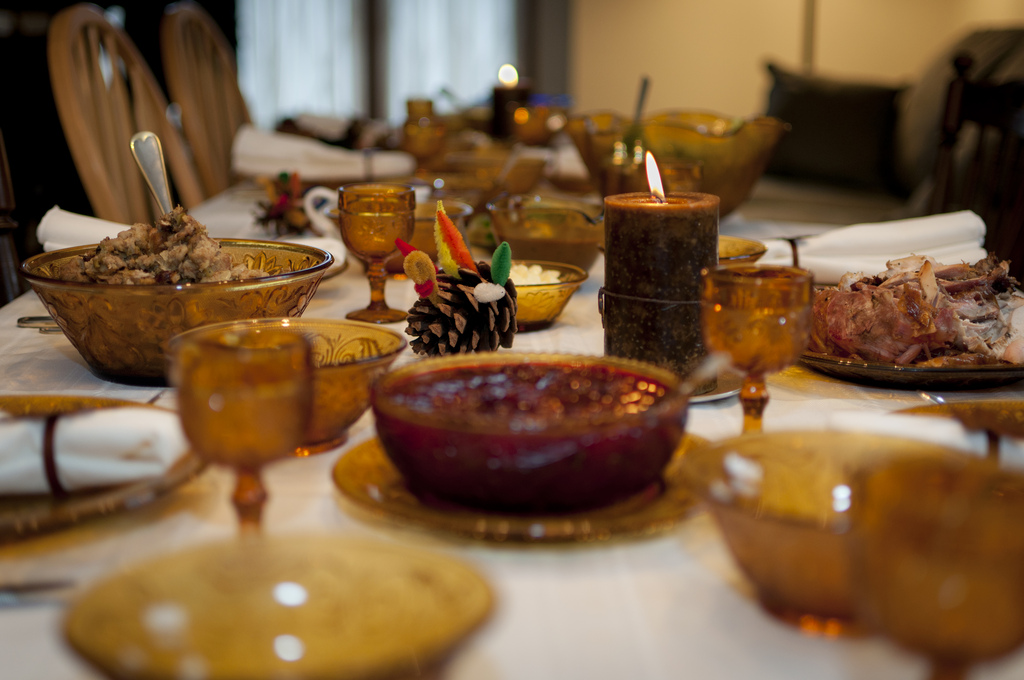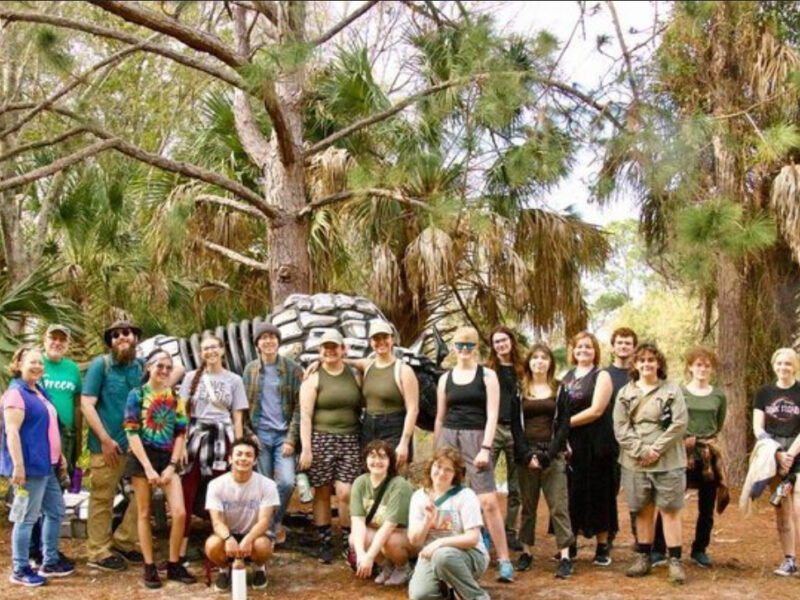Not every family spends Thanksgiving in front of the TV anxiously awaiting the Macy’s Day Parade or a series of football games. Some find solace in blending old family customs with their new American ways to create a twist on an age-old holiday. Courtesy of vxla
By Martha Rhine
I don’t remember our first one.
What we ate or what we thought of this very American holiday.
Our family of five had rooted traditions, and we felt sure in those familiar celebrations; Christmas, New Year’s, Easter and Accion de Gracias, which was held on the fourth Thursday in November to go to church and give thanks for a year of blessings.
It was Thanksgiving, with its distinct American identity, that we had to get used to. What do we do with it? Now that we were to be American, how did we make it our own?
My family and I had recently immigrated to the United States from the Dominican Republic in August 1990. We were “fresh off the boat” and deep in our feelings; uprooted and all that comes with it. The raw, naked, off-center experience changed daily. Perhaps having the holidays come so soon after leaving our home was both good and bad.
Thanksgiving in the U.S. is a symbolic experience. My impression was that you needed all the elements to have a true, authentic experience. First of all, most Americans eat early. Most of my friends were having dinner with their families around 2 p.m..
There was turkey – the star dish – stuffed, roasted in the oven and served with cranberry sauce. The die-hard families would fry it. Side dishes included a green bean casserole with what seemed like crunchy onion fries, a sweet potato casserole with marshmallows (yes, dessert) on top, mashed potatoes, and macaroni and cheese.
You would give thanks, eat all the food and watch football while you polished it all off with pumpkin pie.
What is an immigrant family, who recently left everything they knew, to do?
They jump right in.
Many Thanksgivings later, we still haven’t mastered the early dinner and settle for a more traditional dinner time of 6 or 7 p.m. We challenge ourselves with a turkey but season it with the familiar sazon that tastes of home. Side dishes consist of rice, mixed vegetables or ensalada Rusa, a Dominican take on Russian potato salad with apples.
A holiday table needs a dish to fight over, so my mother and aunts slave for hours over pastelitos, a small empanada-like pocket filled with beef. Dessert was usually flan, a creamy custard bathed in caramel sauce.
Our menu has changed over the years, and at times we’ve more closely aligned with the mainstream. I made macaroni and cheese one time from a Rachel Ray cookbook. Green beans have made an appearance as well. Fresh, not canned. The football thing has never caught on, but we have merengue dancing instead.
What has really been conformity on our part is the celebration itself, taking ownership of the holiday as our own: planning for it, assigning dishes to bring and giving thanks.
That first Thanksgiving, our gratitude was focused on being there, together, off-kilter but on the cusp of a new adventure. With this coming one, we give thanks for the same as we celebrate the uniqueness of our American experience.




We hear many people saying : “Every day is a day to thank God”. That’s right!, but it doesn’t hurt to have one special celebration a year, in a family environment, to express our gratitude to The Lord and renovate our loving commitment with each other. Thanks Martha!